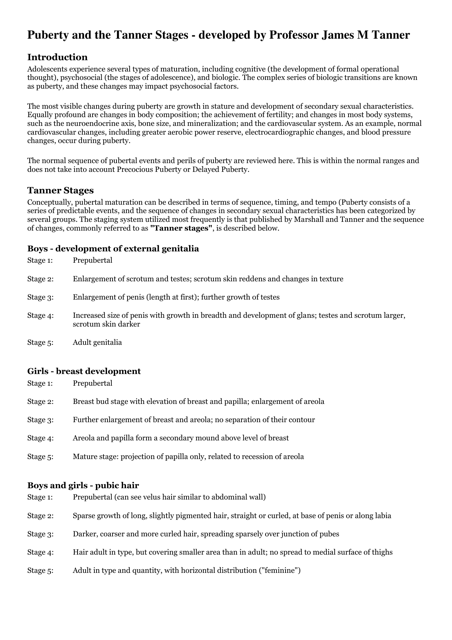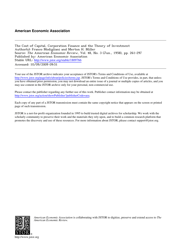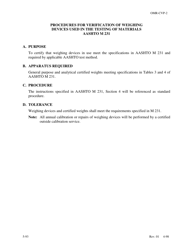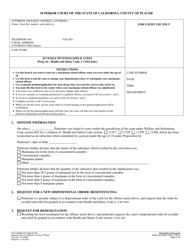Puberty and the Tanner Stages - James M. Tanner
Puberty is the natural process of physical and sexual maturation that occurs during adolescence. The Tanner stages, developed by James M. Tanner, are a system used to assess and categorize the physical changes that occur during puberty in children and adolescents. These stages provide a standardized way to track the progression of puberty.
James M. Tanner did extensive research and provided the framework for understanding puberty and the Tanner stages. However, it is not an individual who files these stages. They are widely used in the medical field to assess and monitor the physical development of adolescents.
FAQ
Q: What is puberty?
A: Puberty is the period of sexual maturation during which a person's reproductive system develops and they become capable of producing offspring.
Q: What are the Tanner stages?
A: The Tanner stages, also known as the Tanner scale, are a system that describes the physical changes that occur during puberty in both males and females.
Q: How many Tanner stages are there?
A: There are five Tanner stages in total, numbered from 1 to 5.
Q: What changes occur during Tanner stage 1?
A: In Tanner stage 1, there are no visible signs of puberty yet. It is the pre-pubertal stage.
Q: What changes occur during Tanner stage 2?
A: In Tanner stage 2, the first signs of puberty begin to appear, such as the enlargement of the testes in males and the development of breast buds in females.
Q: What changes occur during Tanner stage 3?
A: In Tanner stage 3, further growth and development of the external genitals occur in males, while breast development continues in females.
Q: What changes occur during Tanner stage 4?
A: In Tanner stage 4, there is further growth and development of the genitals in males, including the growth of the penis and the development of pubic hair. In females, the breasts continue to grow.
Q: What changes occur during Tanner stage 5?
A: In Tanner stage 5, the final stages of sexual maturation occur. The genitals are fully developed in males, and females reach their adult breast and pubic hair development.
Q: At what age does puberty typically begin?
A: Puberty can begin as early as 8 years old and as late as 14 years old, but the average age for girls is around 10-11 years, and for boys around 11-12 years.
Q: Are there any factors that can influence the timing of puberty?
A: Yes, several factors can affect the timing of puberty, including genetic factors, nutrition, overall health, and environmental factors.























